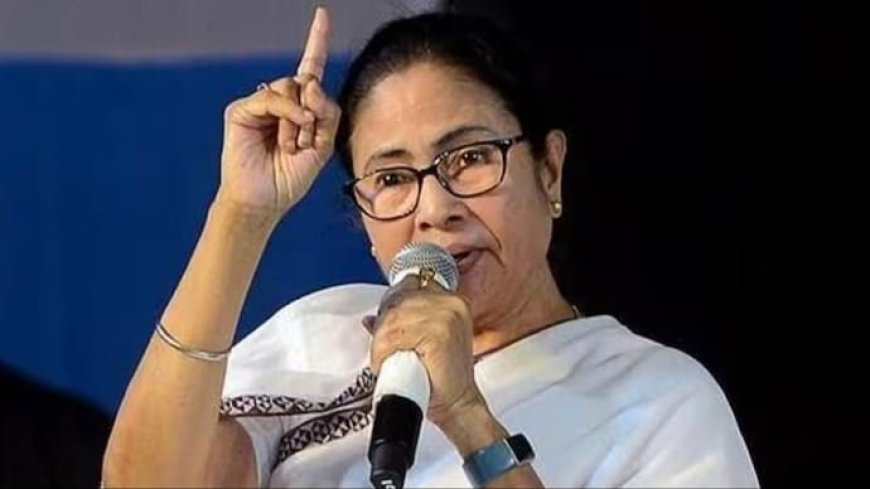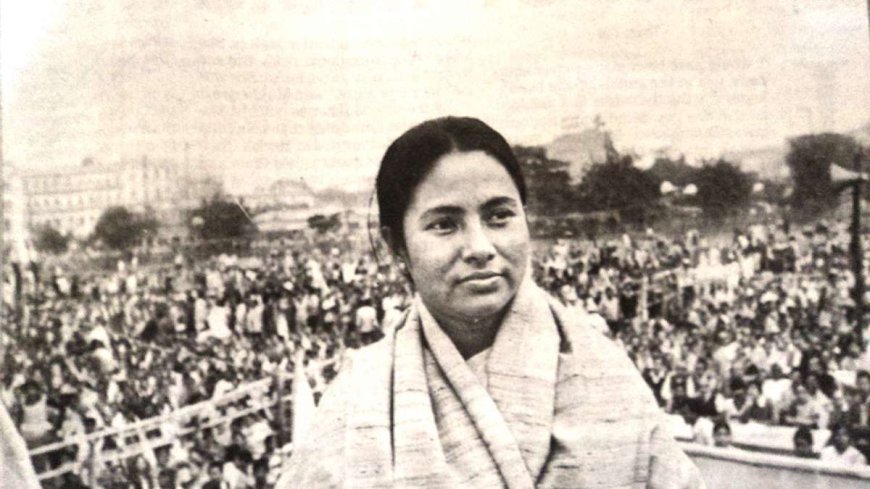Mamata Banerjee: The Charismatic Leader of West Bengal

An Indian political figure, Mamta Banerjee, who has played a pivotal role in transforming Indian politics, has done so largely, in West Bengal. She was born on January 5, 1955, in Kolkata, then Calcutta, in the eastern Indian state called West Bengal, to middle income earners. She lost her father, Promileswar Banerjee, while she was young leading to financial issues for the family. These factors notwithstanding, Banerjee has been known for her strong willpower since she was young.
Banerjee started studying at Deshbandhu Sishu Sikshalay, then finished college at CU where she received a BA in History, after which she pursued an MA(Philosophy) specializing in Islamic History as well as earned an education-related diploma at Shri Shikshayatan College and LLB at Jogesh Chandra Chaudhuri Law College, all in Kolkata.
Her career began in Indian politics in the 1970s with the Indian National Congress (INC) where she quickly climbed up the hierarchy. Her standout moment came when she became the General Secretary of the West Bengal Mahila Congress in 1976. What made her popular among party members was her fearless and candid attitude. She achieved a significant milestone in 1984 by beating Somnath Chatterjee, a seasoned communist leader, in the general parliamentary elections, hence becoming one of the youngest MPs in the Indian parliament.

In the early stages of her career, she became known for being a vocal opponent of the Communist Party of India (Marxist) also known as the CPI (M), which controlled politics in West Bengal. She would often take to the streets rallying against different problems faced by them. The title ‘Didi’ meaning elder sister was given to her due to her closeness with her voters through continued struggle and activism even if such things did not seem possible.
Banerjee created her party, the All India Trinamool Congress (AITC), or Trinamool Congress, in 1997 due to clashes with Congress leaders. It was a brave step in a political landscape essentially controlled by Congress and the Left Front. Trinamool Congress, which was led by her, worked on issues of anti-communism, rural development, and social justice.
In the 2009 general elections, Banerjee’s continuous struggle led to something fruitful as the Trinamool Congress formed an alliance with the Congress party and made significant gains by winning 19 seats in West Bengal. This event was a change in her political life that paved the way for her most memorable win. She directed Trinamool Congress into a rare victory, toppling the erstwhile thirty-four-year-long rule of the Left Front government during the 2011 West Bengal Legislative Assembly elections. She has been West Bengal’s initial woman Chief Minister to date and served another term in office both in 2016 and 2021.
The focus of Banerjee’s term as Chief Minister was on different development projects that were intended to improve ordinary citizens’ welfare. Her government took the lead in initiating projects in health, education, and infrastructure. The Kanyashree Project, which aims to improve the conditions and health of girls by encouraging them to be in school, has gained fame beyond borders; the United Nations Public Service Award is an example of such.
Despite criticism and allegations, Banerjee's government has retained popularity with most people since she came into power, largely because she championed the poor and demonstrated approachability as well as empathy for ordinary citizens.
She has made significant progress in rural areas by improving the condition of rural infrastructure. Her stewardship has seen substantial resources invested in the construction of roads as well as electrification and irrigation efforts. Such initiatives have led to an increase in agricultural output levels, resulting in better livelihoods for our village folks The government has begun taking measures to improve the state’s health infrastructure, especially by establishing new medical colleges and hospitals intended to serve the wealthy to increase accessibility to healthcare services.
Banerjee's administration has also placed a strong emphasis on cultural and heritage projects. Taking leadership in promoting the rich cultural heritage of West Bengal, she has consistently promoted various initiatives, including running the Kolkata’s annual Durga Puja carnival, which gained global recognition. At the same time, her government has supported the revitalization of traditional arts and crafts with monetary aid given to artisans and craftsmen.
The realm of education has witnessed various measures that have been enforced by Banerjee's government to improve access to quality education. The Sabuj Sathi program is one such measure that gives bicycles to school-going kids to lessen the rate at which children drop out of school while also increasing attendance, mainly for those who come from rural regions. Additionally, another focus has been placed on increasing college/university chances through the establishment of more institutions within the region.
Banerjee as a political leader has invariably put up a fight against strong political contenders without ending up anywhere else but within Indian politics where she belongs or thinks she belongs, depending on various considerations. Often her mode of leadership has been seen in terms of being captivating or appealing to all echoes being grounded at the level basis.
Banerjee is not only famous for being a politician but also for her natural talent in art. She has written many books and presented her art in many places indicating an active artful personal history. As an artist, through painting and writing, she can reach out to people more effectively.
Although confronted with resistance from various quarters and troubles, the influence of Mamta Banerjee in the political and developmental landscape of West Bengal has been profound. It is a testament to her mental resolve, efforts, and dedication to the service of the general public that she has scaled the highest heights of power in India. Her reputation as an agent of change will probably last long into the future as she still determines the direction of the state of West Bengal.
What's Your Reaction?












































